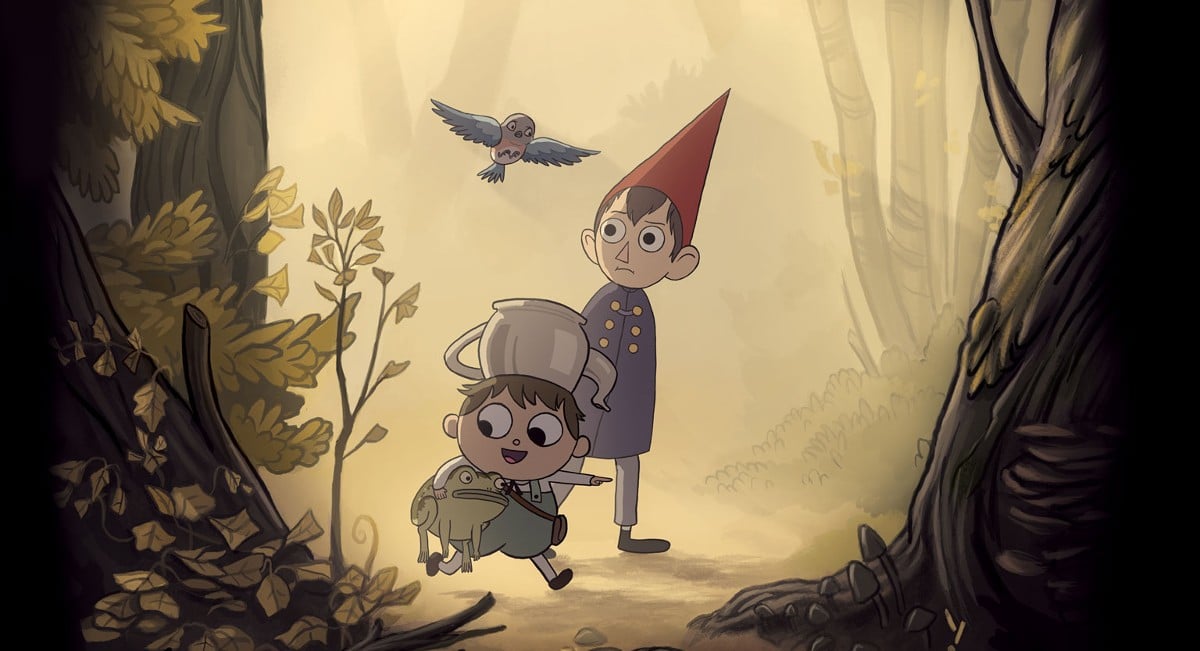A common criticism of a critical plot point in HBO’s House of the Dragon is that it isn’t emotionally harrowing enough, but those people might have missed the point.
Warning: spoilers ahead for season 2 episode 1 of House of the Dragon and the entirety of Fire & Blood.
Blood and Cheese has been hyped up for months, if not years, by both those working on House of the Dragon and fans of the Westeros universe. When it finally came along in episode 1 of the second season of House of the Dragon, it didn’t quite go the same as in the book.
For some people, it was a downgrade. It was certainly less gruesome, with the death of Jaeharys taking place off-screen, and involved just two children, rather than three. The choice their mother, Helaena, was forced to make was also arguably less harrowing, although it still resulted in a mother choosing a child to die which is hardly a walk in the park.
Fire & Blood, the book that inspired House of the Dragon, also described Helaena as screaming and crying in hysterics when Jaeharys head is removed in one smooth swipe, rather than the drawn-out sawing that we saw on the show and the much quieter reaction we got from Phia Saban’s Helaena. But does quieter mean less emotional?
Phia Saban deserves all the praise

Throughout both seasons of House of the Dragon so far, Helaeana has been neurodivergent-coded. She is seemingly plagued by prophetic visions that appear to have affected her perception of reality. She rarely holds people’s eye contact, often doesn’t like to be touched even by those closest to her, and is rarely listened to by those around her.
That means that her dissociative reaction to the deeply traumatic events she encounters makes total sense within universe. More than that, however, it seems like there’s something mystical going on here.
Earlier in the episode, Helaena warned her husband/brother Aegon about “the rats”, a seemingly throwaway line that turned out to be a premonition for would-be rat-catchers Blood and Cheese forcing their way into her rooms.
During the violent events themselves, Helaena is forced to point out which of the twins is the boy the pair want to kill—but the actually point seems out of her control. She first says “no” and refuses to point before sucking in a gasp. The camera cuts from her face to the hand itself, as if it’s entirely separate from her conscious self. The point almost seems to have been tasked over by fate or some other force.
Once the men move towards Jaeharys, she seems to ‘come back to herself’ and gasps again, immediately moving to protect her remaining child. Picking Jaeharya up, she flees the room, making her way through a deserted castle. If you keep a close watch on her expression, her eyes almost seem to go in and out of focus, culminating in a gasp when she reaches the bottom of the stairs, as if coming back to herself once again.
At this point, she seems to know what to do and changes her course, walking towards her mother’s new quarters. She is barely able to speak when she gets there (and likely not because she’s caught her mother in the act with Crispin Cole), another demonstration of how deeply this has affected her.
There are countless other detail-focused acting decisions that come together to convey sheer terror in a far more impactful way than collapsing, screaming, and crying ever could. What’s more, it fits with Helaena’s character much better. A woman who has rarely laughed, cried, or expressed extreme emotions in those sorts of ways on-screen is hardly like to now. Even watching Vaemond Velaryon behind beheaded (minus the tongue) only resulted in turning away.
While some Game of Thrones and, by extension, House of the Dragon fans have come to expect the blood, gore, and shrieking horror that was laid out in the first show, these quieter depictions hit harder in some ways. You can read the terror on Helaena’s face as clearly as you can on Sansa Stark’s.
Phia Saban deserves all the praise—and the scene should serve as a reminder to how many different ways there are to experience tragedy and trauma, all of which are valid.
(featured image: HBO)









Published: Jun 20, 2024 11:53 am